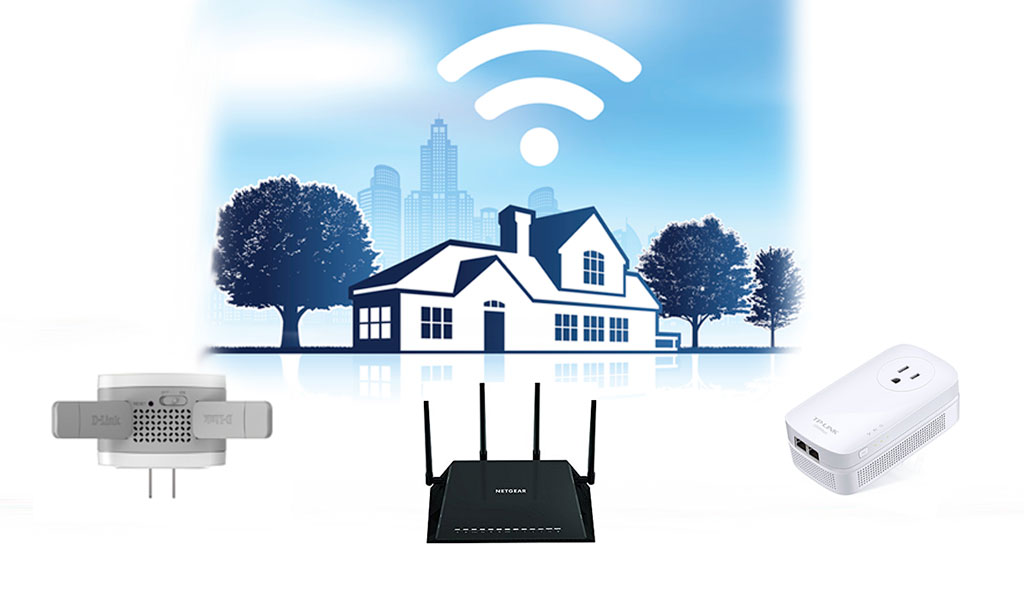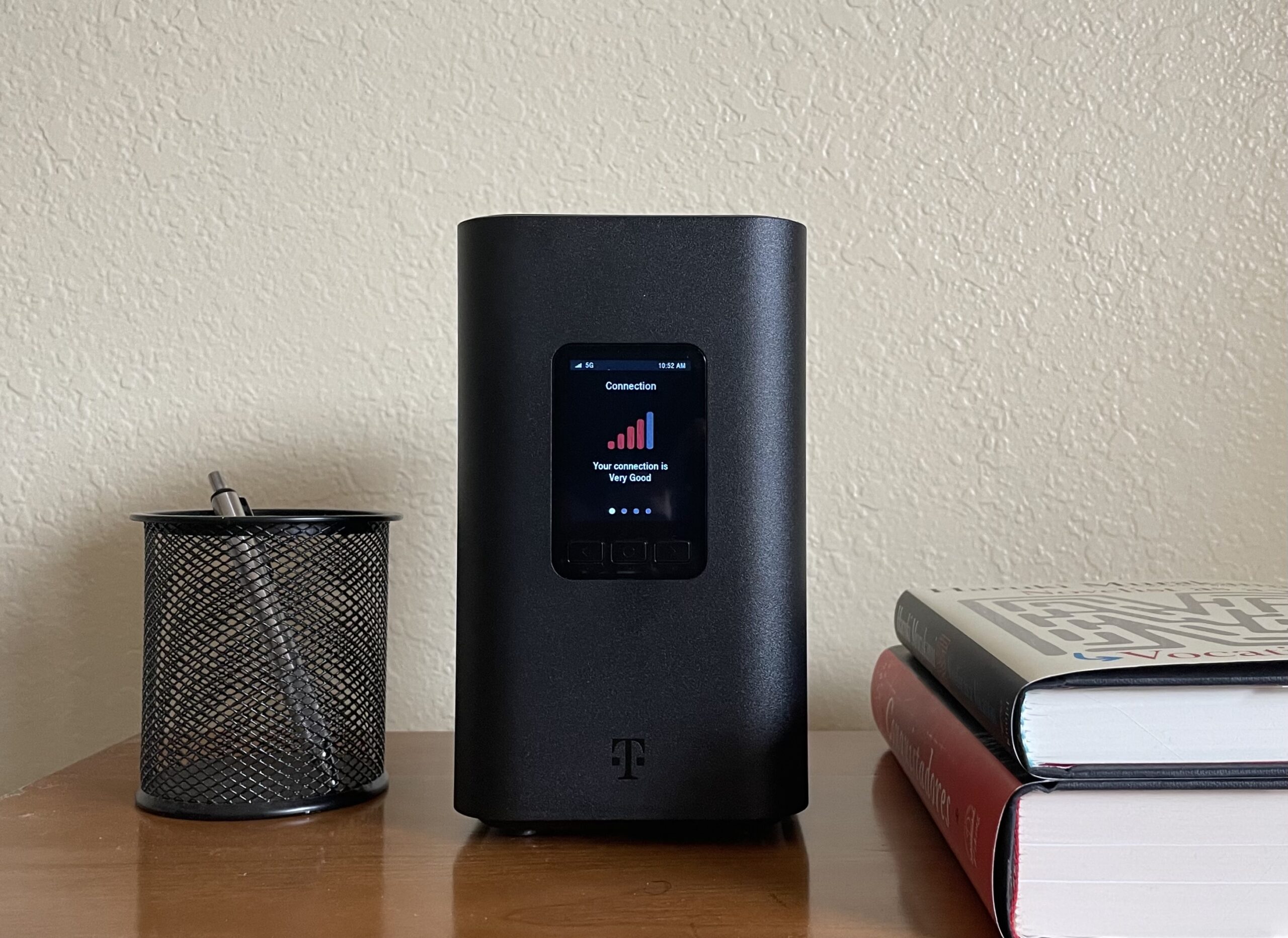Do You Need a 20 Gig Google Fiber Plan?
How to take advantage of this 20Gbps and Wi-Fi 7 combo
Jan 23, 2025 | Share
Technology
Google Fiber will soon be offering 20Gbps internet connections for $250 per month in a handful of test cities, which will be the fastest residential fiber plan available in the U.S. This is certainly an exciting development, but it’s safe to say that most of us don’t need 20Gbps internet. In fact, most of us wouldn’t be able to make use of 20 gigs, even if we tried.
Google Fiber is well aware of this problem, which is why this plan also comes with a Wi-Fi 7 router—another internet technology that might be a bit ahead of its time. If this sounds amazing (or at least vaguely intriguing), keep reading to learn more about Google Fiber’s new superfast internet plan and how to get the most out of it.
Google Fiber to offer the fastest residential internet in the US
Google Fiber has been pushing the boundaries of residential internet speed since it first started back in 2010. Although many other providers have stepped up their game to keep pace, Google Fiber is continuing to push the envelope, this time more than doubling its current maximum download speed (which is already ridiculously, almost impractically fast).
Are you looking for the fastest internet connection in your area? Enter your zip code below to see what options are available.
Google Fiber first announced its plans to introduce 20 gig internet back in October 2023. The provider already set up 20Gbps connections for certain organizations such as the University of Missouri-Kansas City, but it hadn’t made such connections available to residential areas. Google Fiber will now roll out 20Gbps plans in a handful of its current markets: Kansas City, Raleigh-Durham-Chapel Hill, Iowa, and Arizona.
This new 20Gbps plan will cost $250 per month. While certainly more expensive than Google Fiber’s current internet plans, the new plan is also not the most expensive plan out there. In terms of price, it’s about on par with the 5Gbps plans offered by other providers, but it offers four times the speed.
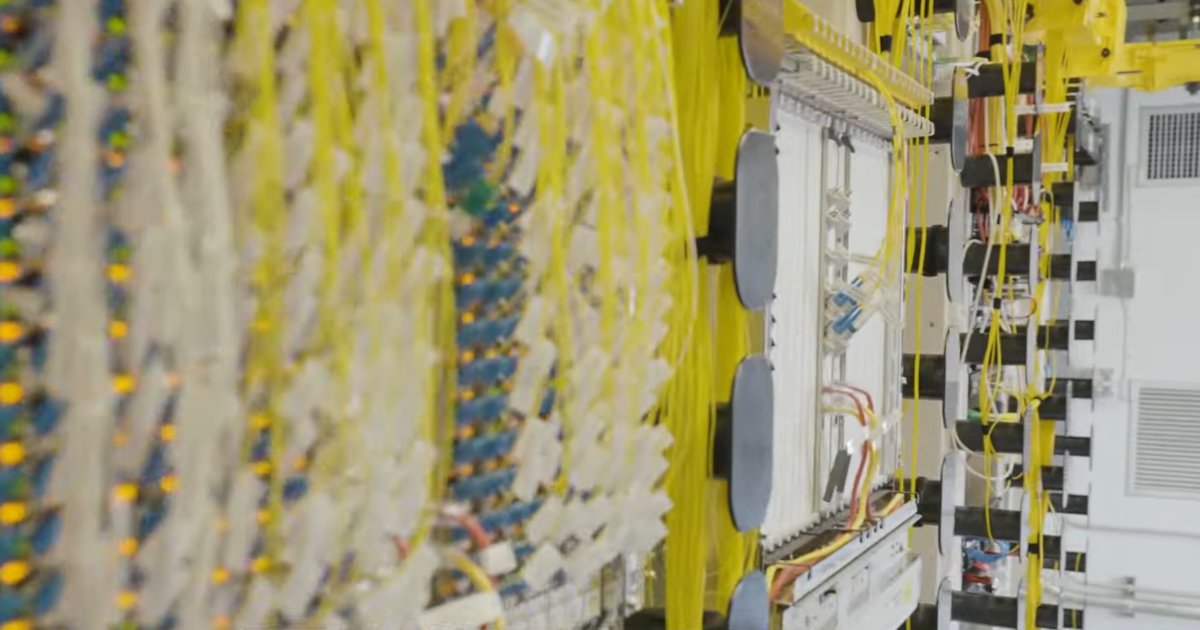
While 20Gbps is impressive, it’s not clear how much of a market there is for such a fast plan. Of course, the same could have been said for 1Gbps fiber plans back in 2010. Will 20Gbps become the new norm for high speed internet in a few years? I guess we’ll have to wait and see.
Why Wi-Fi 7?
One crucial part of Google Fiber’s 20 gig internet plan is its accompanying Wi-Fi 7 router. As an astute reader of HighSpeedInternet.com, you might be asking, “Wait, isn’t Wi-Fi 6 (or more specifically, Wi-Fi 6E) the current Wi-Fi standard?” Why, yes, you’re right.
At the time of the announcement, the development of the technical standards for Wi-Fi 7 were still ongoing. The Wi-Fi Alliance, the organization that certifies Wi-Fi devices, didn’t start certifying Wi-Fi 7 devices until January 8, 2024, and the actual technical specifications won’t be finalized by the Institute of Electrical and Electronics Engineers (IEEE) until later this year.
So why was Google Fiber so eager to use Wi-Fi 7 that it jumped the gun by a few months? The problem was that the Wi-Fi 6 standard, while capable of delivering multi-gigabit speeds, couldn’t really handle anything above about 9.6Gbps. This is more than enough speed for any other multi-gigabit plan currently on the market, but Google Fiber wanted more.
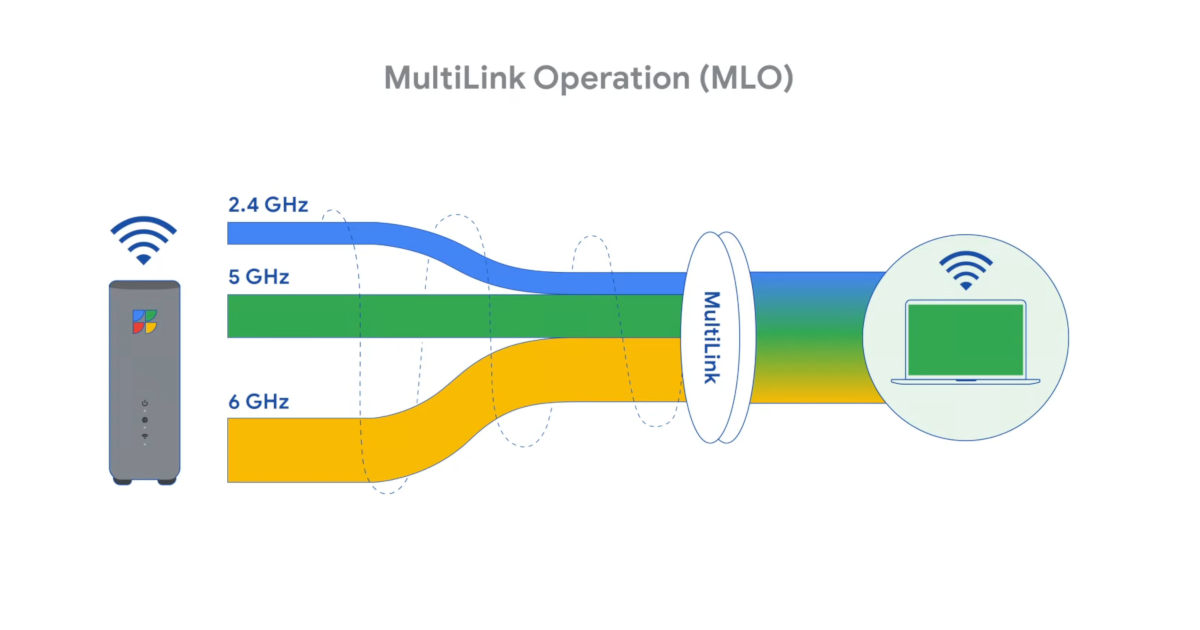
A Wi-Fi 7 router with all of its data streams running full blast can theoretically pass a whopping 36–41 gigabits of data through its network every second, though an individual device like a laptop on that network would only reach speeds of about 5.8Gbps. Even though actual speeds will probably be slower, this still gives Google Fiber plenty of bandwidth to deliver its new 20Gbps speeds.
How to get the most out of a 20 Gig connection
So what does someone need to do to take full advantage of a 20 gig connection? The first step is removing bottlenecks between your device and the internet. Fortunately, Google Fiber has already taken care of the most common bottleneck—the router. If your router can reach data rates only up to 500Mbps, it doesn’t matter if your connection can handle 1 gig or 20 gigs, only 500Mbps actually gets to the devices on your network.
With the router issue thankfully handled by Google Fiber, it’s time to move on to the rest of your home network. This can be done either wirelessly or with Ethernet cables.
Using 20Gbps over Wi-Fi
Most people connect to the internet wirelessly, and Google Fiber’s Wi-Fi 7 router makes that easy. As previously mentioned, Wi-Fi 7 allows speeds of about 5.8Gbps on a single device, which is about twice the max speed of Wi-Fi 6. However, to achieve these speeds, the device in question also needs to be Wi-Fi 7 compatible, and most devices are not there yet.
At the beginning of 2024, most new smartphones, such as the iPhone 15, the Samsung Galaxy S23, and the Motorola RAZR support Wi-Fi 6E. The major exception is the Google Pixel 8. It’s almost like they knew …
Fortunately for early adopters, the Wi-Fi Alliance is predicting rapid adoption of Wi-Fi 7, with millions of compatible devices expected to be manufactured by the end of the year. This won’t be particularly helpful for the first testers in Kansas City and Raleigh, but by the time these plans roll out to more Google Fiber cities, there should be plenty of options for Wi-Fi 7 devices.
Using 20 gigs over Ethernet
Although Google Fiber provides a Wi-Fi router, you can also connect to it via Ethernet. There are two important differences with using physical cables instead of Wi-Fi. First the cables themselves need to support the speeds you want. Second, you can only plug so many cables into your router.
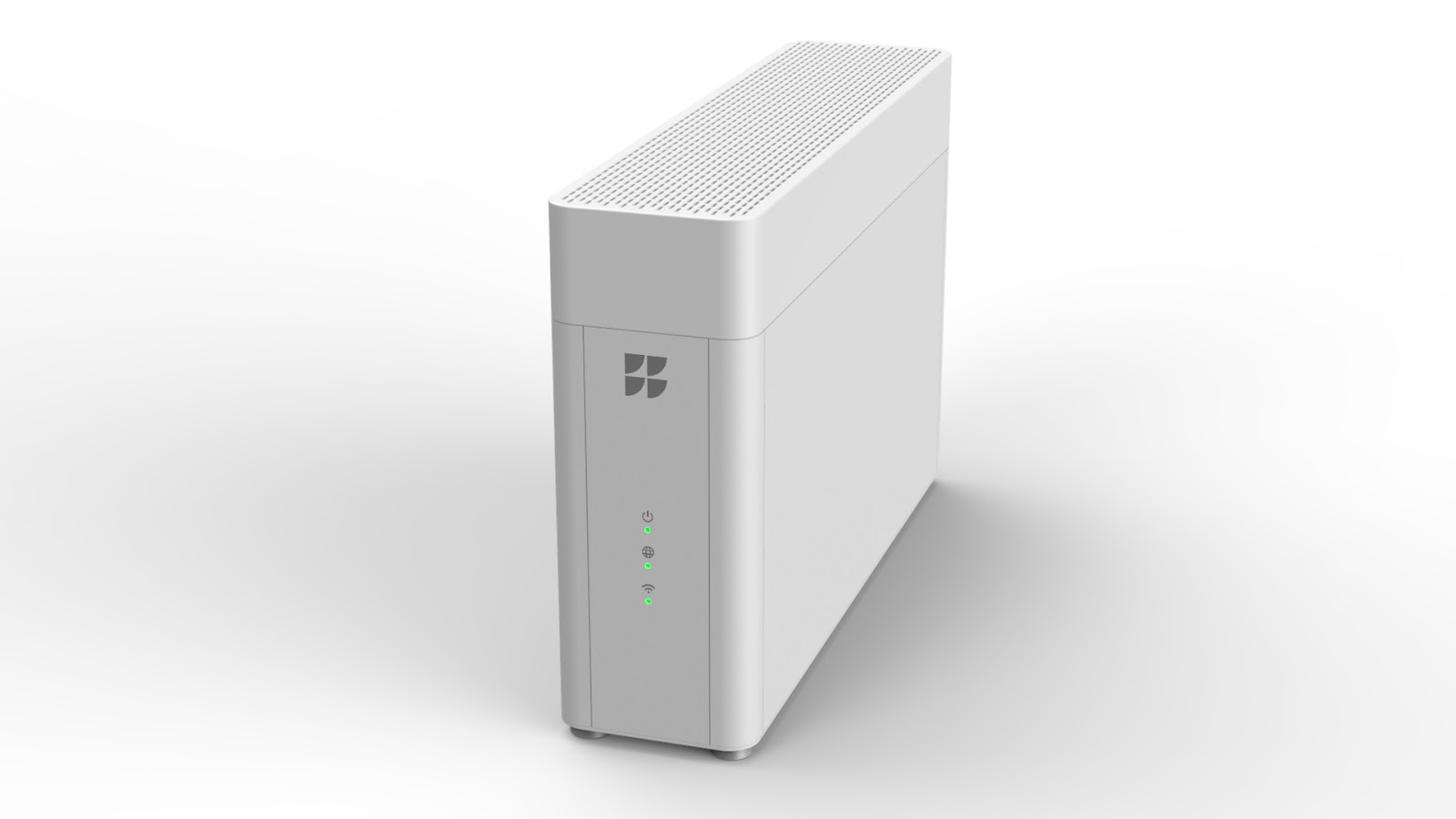
Google Fiber hasn’t announced many specific technical details of its new router, but from the images it has released, it seems to be a branded variant of the Actiontec WF-815/825, which comes with one 10 Gigabit Ethernet LAN port and three 2.5 Gigabit Ethernet LAN ports. That means that one device on your network could reach speeds up to 10Gbps by plugging into the 10GbE port on the router, which is great if you have a primary computer where you do most of your intensive online tasks. Of course, you’d have to make sure that your cables and end devices can handle the speeds as well.
This also means that if you want to get the most out of the three 2.5 GbE slots, you also need cables and network cards that support speeds of at least 2.5Gbps.
What can you do with 20Gbps?
Once you’ve properly connected all your devices to a 20Gbps internet connection, what do you do with it?
One of the most common bandwidth-intensive online activities is streaming videos on apps like Netflix or Hulu, but even if you’re watching in 4K Ultra HD resolution, most streaming services recommend having only 25Mbps of speed per device. That means you could be watching 800 different 4K videos in your house at the same time before you ran out of bandwidth. I’m not sure I could even find 800 videos on Netflix I’d want to watch, so this seems like a pretty unlikely scenario.
In addition to streaming ultra-high definition video, the Wi-Fi Alliance suggests VR and other immersive 3D applications as key applications that benefit from Wi-Fi 7 speeds, though you’d still need quite a few people playing VR games in your living room to need a 20 gig connection.
We can think of a few situations where a 20 gig connection could be useful. Content creators could benefit from a 20 gig connection, as uploading video to sites like YouTube can be very time consuming. Upload times could be dramatically reduced with upload speeds of up to 20Gbps. This would also apply to those working or studying remotely that have to routinely upload large files to school or work.
A 20 gig connection could also be helpful to streamers who livestream on multiple platforms simultaneously. There probably aren’t enough streaming sites to use up 20Gbps, even at the highest frame rate and resolution settings, but it would definitely give you plenty of extra bandwidth to avoid any interruptions or lag, even when there are fluctuations in the connection.
Other Google Fiber Plans
While there are some very niche cases where 20 gigs could come in handy, for most of us, we couldn’t use 20Gbps, even if we tried. Fortunately, Google Fiber offers plenty of more practical plans as well.
Google Fiber internet speeds and plans
| Package | Internet type | Speed | Price* | Shop plans |
|---|---|---|---|---|
| Core 1 Gig | Fiber | 1Gbps (1,000Mbps) | $70.00/mo. | Shop Google Fiber Plans |
| Home 3 Gig | Fiber | 3Gbps (3,000Mbps) | $100.00/mo. | Shop Google Fiber Plans |
| Edge 8 Gig | Fiber | 8Gbps (8,000Mbps) | $150.00/mo. | Shop Google Fiber Plans |
| 1 Gig | Fiber | 1Gbps (1,000Mbps) | $70.00/mo. | Shop Google Fiber Plans |
| 2 Gig | Fiber | 2Gbps (2,000Mbps) | $100.00/mo. | Shop Google Fiber Plans |
| 5 Gig | Fiber | 5Gbps (5,000Mbps) | $125.00/mo. | Shop Google Fiber Plans |
| 8 Gig | Fiber | 8Gbps (8,000Mbps) | $150.00/mo. | Shop Google Fiber Plans |
Data effective 1/23/2025. Offers and availability may vary by location and are subject to change.
*Plus taxes and fees. Upload/download speed and device streaming claims are based on maximum wired speeds. Actual Internet speeds are not guaranteed and may vary based on factors such as hardware and software limitations, latency, packet loss, etc.
For most households, 1Gbps is probably more than enough speed. If you have incredibly high internet needs, you might be able to justify upgrading to 2Gbps. We can’t think of many realistic scenarios where a 5 or 8 gig connection would actually be useful, so these (and the 20Gbps market] are just showing off along with the 20 gig plan.
The Final Verdict
Google Fiber’s new 20 gig service is an impressive technological achievement and we’re glad to see the provider continue to push the telecom industry to provide better and faster connections. Unfortunately, most people can only use a fraction of that speed, so they’re better off going with a cheaper plan—at least for now.
Google Fiber’s original 1 Gig plan also probably wasn’t the most practical choice for most people back in 2010, but sites like YouTube and Twitch would probably look a lot different if it weren’t for the massive fiber boom that Google Fiber set off over a decade ago. This is definitely more of a forward-thinking move on the part of Google Fiber, so it will be interesting to see where this pushes internet providers and other tech companies in the future.
Author - Peter Christiansen
Peter Christiansen writes about telecom policy, communications infrastructure, satellite internet, and rural connectivity for HighSpeedInternet.com. Peter holds a PhD in communication from the University of Utah and has been working in tech for over 15 years as a computer programmer, game developer, filmmaker, and writer. His writing has been praised by outlets like Wired, Digital Humanities Now, and the New Statesman.
